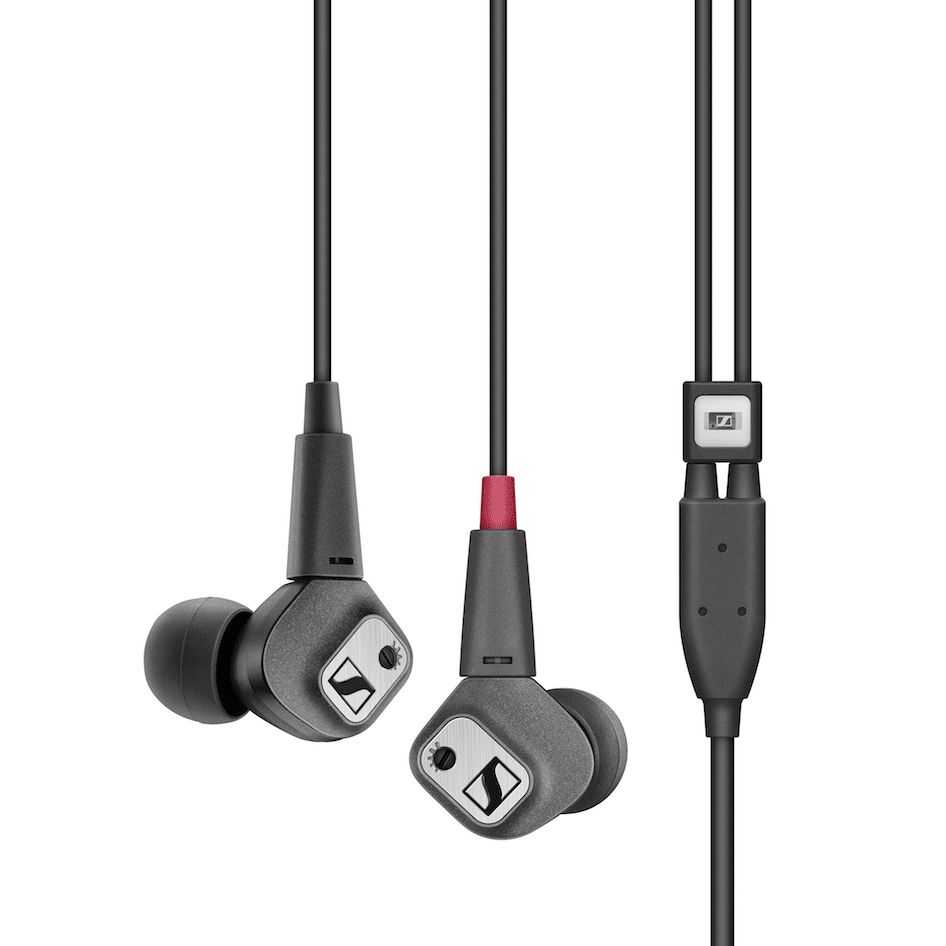

It's up to the consumer to decide to purchase the product or not.ĭoes it cost $10 to make the particular IEM you refer to? Depends. However, a company holds the right to sell it's goods for whatever price they choose. I don't think $800 falls under the average IEM consumer reasonable price range. (b) if it's the latter, why is Sennheiser charging $800 for the real thing if a fake can be made for $10 (I assume that's what they cost to make if they're $43 shipped from China to the US) This I believe is illegal, but may be hard to properly enforce overseas. Perhaps manufacturing equipment and other stuff is provided to second parties either by workers in an overseas OEM facility, or by the OEM itself, with out authorization from the company that owns the rights of the end product. (a) how are such fakes made stolen parts or does the counterfeitor make his own drivers? I'll give you my take on your "questions" (they are sort of leading IMO). Furthermore, it is unclear (at least to me and perhaps to others) if you are inconspicuously pushing a product (perhaps illegally banking on the reputation of an established company, or worse) for personal gain. I don't think we are dealing with snake oil. If Sennheiser is smart, they will immediately buy 10 of these and do tests to explain why the real ie800 is better, in ways that I can't perceive.īut something tells me Sennheiser's real response will be similar to the one below: The sooner the community uses science and objectivity to resolve the snake oil vs real value argument, the sooner we can get on with our lives of either being audiophiles or dropping this hobby and just buying a cheap "just as good" headphone.

I've spent $5,000 to $10,000 on headphones and amps (if you count all the losses suffered by buying something and selling it or returning it for less due to a restocking fee). On the "are high-end headphones just an overpriced scam" question above - there's a whole bunch of people who say we overpay for snake oil, and I honestly don't know if we do or not. I've never been disappointed with a inexpensive Chinese audiophile purchase). I also purchased a cheap Chinese dac/amp that was really good. I think the information also raises many interesting re: the quality of inexpensive Chinese audio products (they're quite good. I honestly don't know how you'll be able to tell). Even if your hologram is not the one above, yours could still be a fake.
#SENNHEISER AUTHENTICITY CODE#
I think this is very useful information for the public and raises questions of (a) how are such fakes made stolen parts or does the counterfeitor make his own drivers? (b) if it's the latter, why is Sennheiser charging $800 for the real thing if a fake can be made for $10 (I assume that's what they cost to make if they're $43 shipped from China to the US) (c) are high-end headphones all just an overpriced scam? (d) how many poor souls paid many hundreds of dollars for fake ie800s? (If your hologram has the code above then yours is definitely a fake. unbalanced, tinny, too v-shaped, perform poorly in certain frequencies etc.) And yes I've owned two ie800s from clearly authorized top-name retailers, roxanne, layla, k10. But at times I've thought it sounded better than a real ie800 (again very close could be my imagination) and it is very clearly better than the $100-$300 iems I have (which are either e.g. But this could entirely be my imagination. I listened to it for about four hours so far, and its only weakness (that could entirely be my imagination) is that it gets a little confused - rarely - when a bunch of stuff is going on at once in the song. It works - that tells you how useless the Sennheiser hologram is. Second pic is what happens if you check the hologram on the Sennheiser website.

#SENNHEISER AUTHENTICITY SERIAL NUMBER#
You also know they're fake because their serial number is in the 900000 range, whereas a real IE800 serial number should be in the 0-30000'ish range. I won't link the shop where I got them though. The only way you know they're fake, is because the shop calls the "DIY IE800" and the listing admits that they're fakes created by a 10-year engineer at a top headphone company. They look *exactly* like real ie800s, including the tips. I'm not advocating to buy these and I won't link the shop where you can buy them, but I wanted to post some evidence of just how authentic these fakes are.įirst pic below are pics of the set I got.


 0 kommentar(er)
0 kommentar(er)
